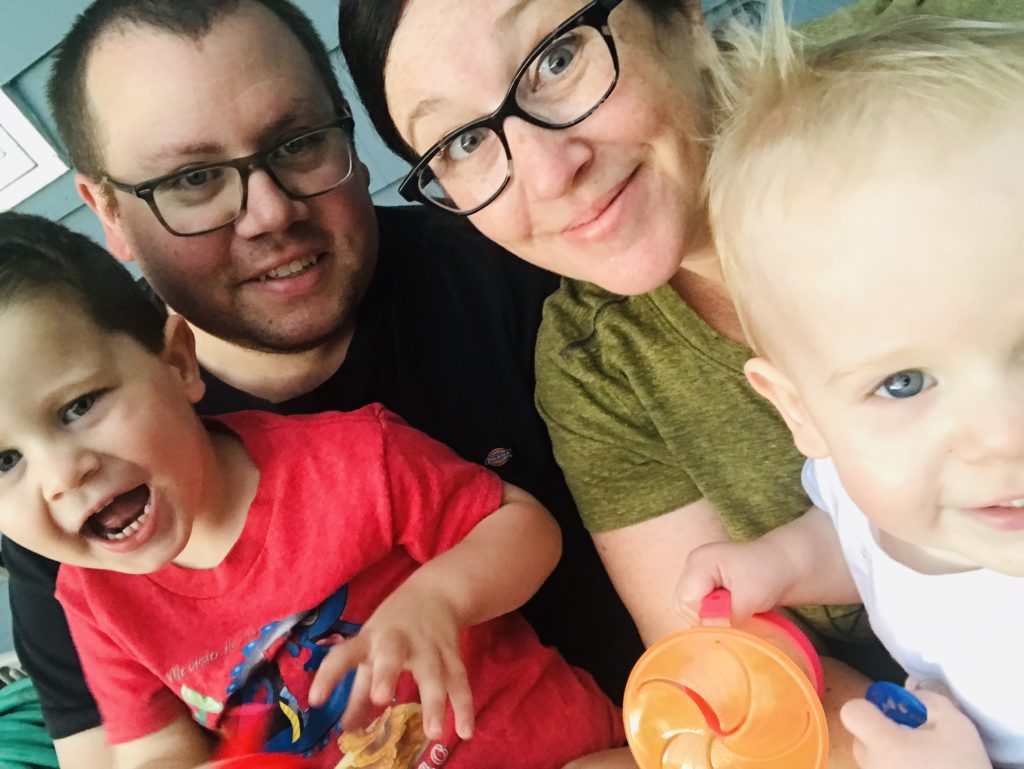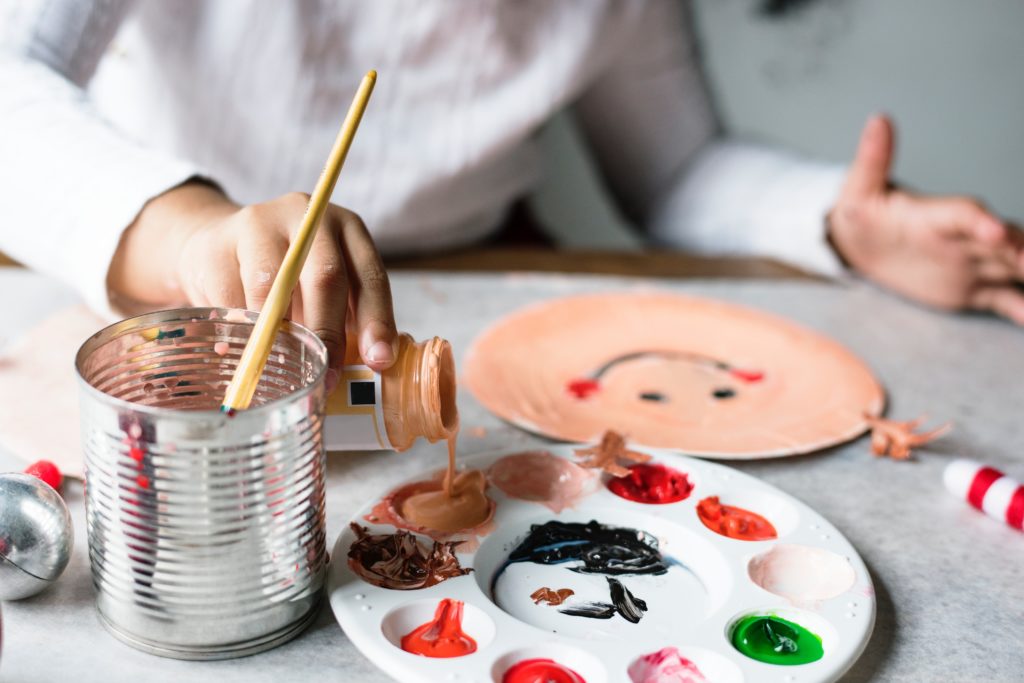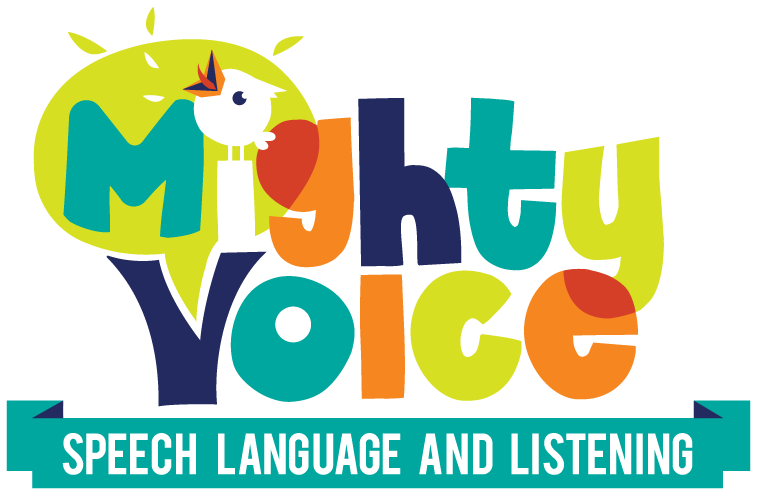You guys, before I became a parent, I knew SO much about parenting. I knew what other parents were doing wrong, what they should be doing, and exactly why.
And then I had kids. BAHAHAHAHAHAHA. The joke was on me, because having kids taught me that I had no idea what I was talking about.
We’re 3 years into this parenting gig, and now I understand that it’s continual exercise in learning and staying humble. We’ve found some ideas and philosophies that work for our family, but that doesn’t mean it’s smooth sailing.

My husband and I still lose our calm (probably me more than him), yell and fuss about silly things, and generally do it wrong. If you follow me on Facebook or Instagram, you saw that yesterday I was sure my son was napping because he was quiet…nope, he was playing ukulele.
Parenting has made me reflect on how I interact with kids…my own and other people’s. Today I want to share some of my philosophies. Not because I have it all together (see above!), but because when you’re choosing a speech and language therapist, it’s important to understand where they’re coming from and how they approach the process.
Here are some of the things that influence how I see both parenting and therapy:
Everything Else Comes From Connection
I believe that everything we do as parents, or as a therapist, is based on having a strong, respectful, fierce connection with a child. At home, this means I wore our babies, they slept next to me the first few months, and when they’re acting out, one of the first things I try to do is think about how much we’ve been connecting and what they might need from me. Having a strong relationship with a child is everything.
The same applies to therapy…one of my first jobs as a therapist is to connect with a family and a child. We don’t have to be best friends, but I do need to build trust and respect with a child in order to be effective as a therapist. This certainly takes time, but the rewards are that when there’s a strong relationship between a therapist and a child, you can accomplish more together and make the process more enjoyable for everyone.

All Behavior is Communication
Every single “behavior” a child displays, from throwing a cup at dinnertime to bringing us a broken toy, is communication. They’re telling us something. It could be that they’re finished with their milk or that they want us to fix the toy. Or they’re hitting us and throwing things to show us they’re angry. They’re not using words (maybe they don’t have them yet), but they are definitely telling us something.
In therapy, if a child is not paying attention or is fidgeting in their seat, maybe they’re telling us the activity has gone on for too long, or they need to use the bathroom. If they’re throwing toys during an activity, maybe what we’re asking them to do is too difficult, or they have a need to throw that we’re not meeting.
It’s not always easy to pinpoint what they’re communicating, but especially in children whose speech and language is delayed, they may not have the words to tell us what they’re thinking or feeling, so they’re finding another way. When we can see behavior as communication, it changes things for us and we’re more clearly able to see what it is that we need to do.
All Feelings Are Welcome; All Actions Are Not
Kids, especially toddlers, can have some big feelings. At our house, those feelings are always welcome. You can be sad or angry or frustrated or excited or tearful. What you cannot do is hurt people or things because of those feelings. If my kids are having big feelings and trying to hit or kick, we let them know “I won’t let you do that.” It might sound something like “I see that you’re angry about your brother taking your toy, but I won’t let you hit him with it” and maybe physically blocking the hitting.
Part of letting kids know that all feelings are welcome is helping them label them. As we help label their feelings, we’re helping them have the language they need to express themselves. I might say something like “Hmm, you’re frustrated. You keep trying to build that tower and it keeps falling down.”
When you do this often enough, your kids start to connect those feelings and the words that label them. They can start to say things like “Grr, I’m frustrated!” instead of kicking a block or a sibling.

Set Boundaries Early, Before You Get Annoyed/Angry/Etc.
Dealing with my children’s feelings isn’t always easy, especially depending on my emotions, level of restedness (or sleep deprivation), etc. which is why I try to work on setting boundaries before I’m at the point I’m ready to explode. For me that means if we’re going to do something messy (painting, play doh, etc.), it usually happens in the morning when I’m best able to handle it.
It means I have boundaries about where and when the obnoxiously loud dump truck gets pushed (not in my bedroom or in the kitchen while we’re cooking). Does it work perfectly? No. The kids definitely push the boundaries. But, how I’m able to respond is more calm and patient when I’ve set the boundary early vs getting to the point of explosion before addressing it.
This is why when I used to work in the schools, I could only play certain games (a monkey in some trees game comes to mind) a certain number of times a day. Not because the kids couldn’t handle it, but because I couldn’t and I knew I would get too irritated and snap at kids if it was too annoying. It’s also why I will let kids know my expectations before we start an activity. If we’re doing something with play doh, I’ll tell them up front, “You can do whatever you want with it, as long as it stays on the table,” or “My rule is once you put the chip on the board, it needs to stay there.”
Letting kids know our expectations up front not only helps us keep our calm, but it also lets them clearly know what you are asking of them.

Find Ways to Meet Their Needs that You’re Ok With
Kids have needs to do all kinds of physical things…they need to throw and dump and transfer things between containers. But, that doesn’t mean you have to let them throw your best china or dump out all of the rice onto the floor.
But, it also doesn’t mean that need disappears. In my house, we find a way to meet the need in a way we’re all ok with. So if my 3 year old needs to throw or kick something, either he can take the playground ball outside where it’s safe to kick and throw, or he can throw something soft inside, like socks or scarves, or dump a pile of stuffed animals off the couch instead of the bag of rice.
In therapy, some kids need to MOVE in order to stay focused. That’s fine, we can do therapy standing up. Or we can take a break and do some jumping jacks or running in place to get our wiggles out. If they need to be in control, they can pick the order we do our activities in. It doesn’t mean they get to run the sesison, but it does mean we are respectful of their needs and try to meet them.
Body Safety and Autonomy
I posted about this before as well, but I’m keenly aware of teaching my children about body autonomy and consent. THat means they don’t have to give hugs unless they want to, and we teach anatomically correct body parts.
In therapy, this means that if I would like to do hand over hand to help a child with something, I’ll ask them if that’s ok. And yes, even babies or young toddlers. If they pull away or swat at your hand after asking, they’re saying no, and I believe that needs to be respected. We can find another way of working on whatever the goal is.
Final Thoughts
Hopefully it’s become clear that I do not feel like I have it all figured out, that is far from the truth. But, I do hope that as a parent you feel empowered to trust your gut and find a therapist whose philosophy meshes with your own.
Also, many of the ideas I talk about are not my own, they’ve come from listening to lots of parenting experts and reading lots of books. If you’re interested in digging deeper, here are a few of my all time favorites (some are affiliate links:
